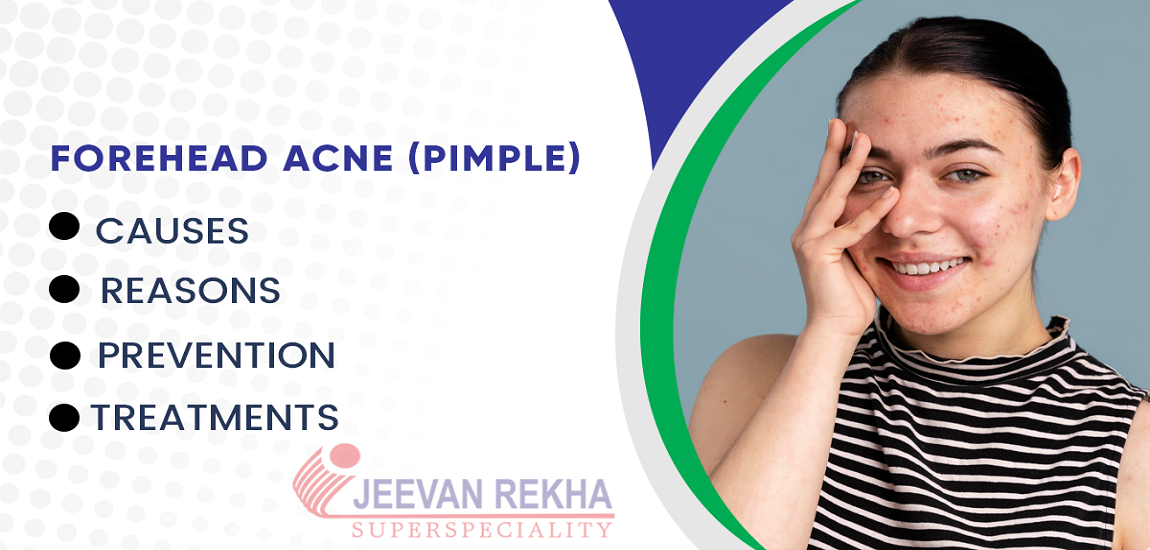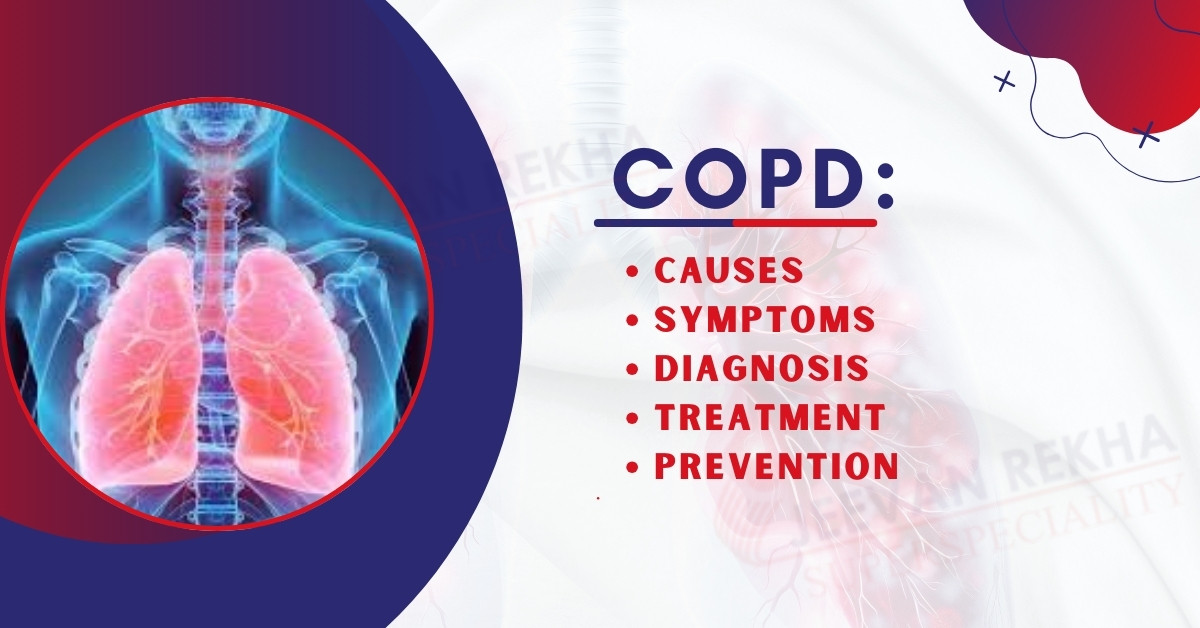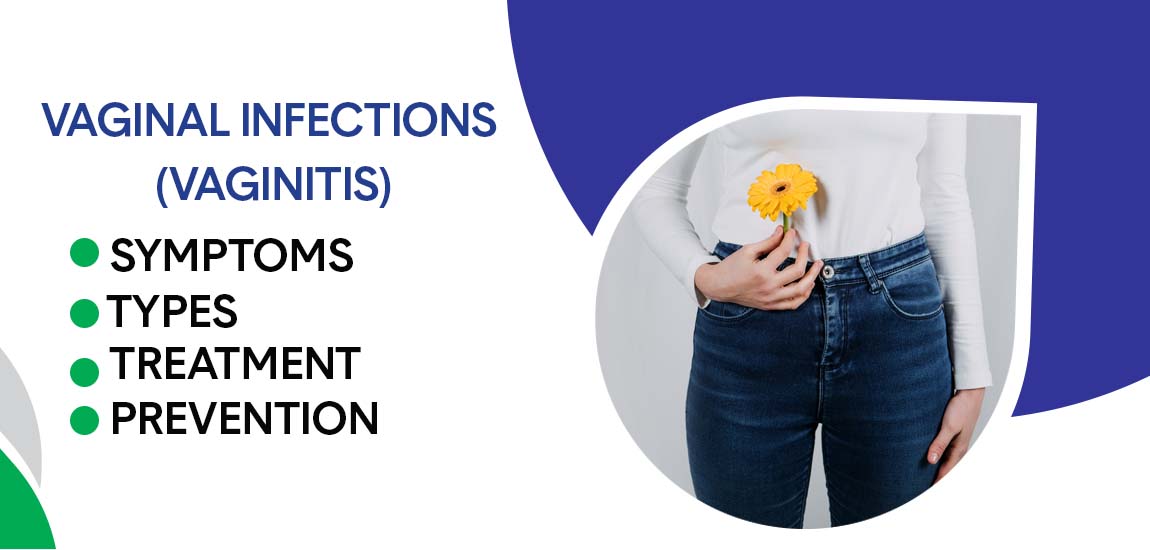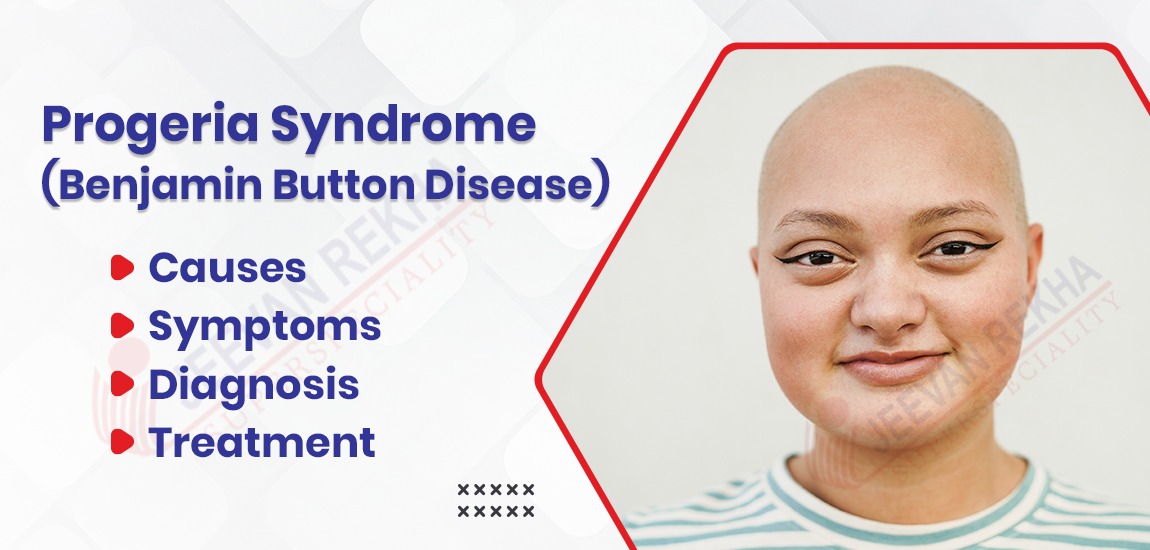
- By JRSH Admin
- In Health and Tips,
- Posted March 09, 2023
Forehead Acne (Pimple): Causes, Reasons Treatments, and Prevention
The body is prone to pimples, and they can appear anywhere. Acne is more common in some places, such as the forehead. You may feel frustrated and helpless in your attempts to get rid of them. You need not worry, though, as we will examine the various causes, preventative measures, and treatments for forehead pimples in this article to assist you in making an educated decision.
What are forehead pimples?
Any other area of your body that has acne is the same as the acne on your forehead. It starts to develop when microscopic glands below the skin's surface become clogged. A buildup of oils, dirt, and debris in your pores may cause this to occur.
Acne can appear on the forehead as a result of overactive sebaceous glands. Sebum, which is produced by these glands, can trap germs and dead skin cells on the skin. Pimples may arise as a result of inflammation intensifying over time.
Different Types of Acne on the Forehead
Not all cases of acne are the same, despite popular belief. On your forehead, acne of various types, including comedones and nodules, can appear:
1. Comedonal acne: This type of acne is moderate and non-inflammatory. There is a possibility of open or closed acne on the comedones. A comedo that has closed is referred to as a whitehead because of its hue. A comedo can become black when it is open due to a reaction between oxygen in the air and the obstruction blocking the follicle. These lesions are known as blackheads.
2. Inflammatory acne: A blackhead may swell up and itch if bacteria start to grow inside of it. Acne that is inflamed is red, lifts off the skin, and may be uncomfortable to touch. Papules and pustules are two common forms of inflammatory acne.
3. Nodular and cystic acne: Acne that is exceedingly severe and inflammatory is frequently referred to as nodular or cystic acne. Acne of this kind has the potential to scar the skin permanently.
On your forehead and other parts of your face, lesions of various kinds of acne may appear if you are prone to the condition. It's critical to recognize the type of acne you have so that it can be effectively prevented and treated.
Conditions That Cause Forehead Acne (Pimples)
Inflamed acne on the forehead can develop when your skin's pores are blocked by too much oil, dirt, or bacteria. Pustules, papules, nodules, and cysts are just a few examples of how they may appear. The following are some of the causes of acne on your forehead:
1. Oily Skin
Breakouts on the forehead may be caused by an oily T-zone.
2. Hormonal Changes
The stimulation of sebum production is greatly influenced by hormones. Your forehead may develop acne due to hormonal imbalances during puberty.
3. Certain Medications
Some medications have been known to cause skin eruptions that resemble, or are acne.
4. Stress
Acne outbreaks have also been connected to high-stress levels.
5. Poor Hygiene
Acne is thought to be brought on in part by poor hygiene standards. Acne can develop on your face as a result of leaving oil deposits there and not washing your face or hair frequently enough.
6. Hair Products
Acne on your forehead can be brought on by hair products that aggravate your scalp. It can become greasy if you don't wash your hair frequently. Your forehead may receive this grease, causing your pores to become clogged.
7. Oily Scalp & Dandruff
You may develop an oily scalp due to dandruff. Acne outbreaks occur as a result of the grease spreading to the forehead. The most typical cause of acne on the forehead is dandruff.
8. Skincare Products Or Makeup
The use of oil-based cosmetics can cause forehead acne if you have an oily T-zone.
9. Hair Accessories
Your skin can become irritated by hair accessories like headbands, which can lead to forehead acne.
Forehead Acne Treatments
Let's examine the available treatments to get rid of forehead acne now that we are aware of the common causes of these lesions. Be aware that your acne's severity and the underlying cause will determine how to treat your forehead lesions. For long-lasting results, a comprehensive treatment strategy is required.
We advise that you seek the advice of a skilled dermatologist who can evaluate your skin and the severity of your forehead acne and provide you with the most appropriate care.
The following therapies are available for treating forehead acne:
Chemical Peel Treatment: This cutting-edge therapy successfully heals mild to moderate acne. After analyzing your skin type and the severity of your acne, skilled dermatologists create chemical peels that are mainly made for you. You may acquire clear skin by using these plant-based extracts to exfoliate your skin and remove debris, dead skin cells, and excess sebum buildup from your pores.
Antibiotics: Dermatologists may advise medicines like erythromycin or minocycline if your forehead acne is severe. To get the best results, doctors typically pair this prescription with a topical treatment like vitamin A or retinoid creams because antibiotics do not clear clogged sebum from pores.
Benzoyl Peroxide Formulation: The ointment that is most frequently prescribed to treat acne contains benzoyl peroxide. Its formulation targets acne-causing germs and aids in preventing clogged pores. As a result, it treats acne that has already developed and helps stop outbreaks before they start.
Retinoids: Creams with retinoid bases aid in pore cleaning and unclogging. As a result, additional medicinal creams can better permeate the skin and perform their functions. By preventing dead skin cells from blocking skin pores, retinoid creams lessen breakouts. However keep in mind that this is just temporary, and they can initially make your acne worse.
Combined Oral Contraceptives: Anti-androgen characteristics can be found in some oral contraceptives. Also, since androgens are in charge of your skin's oil production, contraceptive pills can regulate it. As a result, these pills are effective at treating acne.
Anti-Androgen Agent: Anti-androgens like spironolactone, cyproterone acetate, and flutamide work by preventing the body's androgen hormone receptors from binding to skin imperfections like acne and pimples. As a result, they slow down the sebaceous glands' creation of extra oil.
How to Prevent Forehead Acne (Pimples)?
Try these recommendations to avoid developing acne on your forehead and other facial areas:
- Face washing twice a day should be done with a mild cleanser. Dry gently with a soft cloth after rinsing with warm water. Avoid scrubbing. Rubbing can exacerbate acne.
- Wash your hair frequently. Use a shampoo marketed to treat oily hair if your hair is grease-prone.
- Do not apply oils or products containing pomade to your hair. A damp washcloth can be used to wipe your forehead clean after using them.
- To pull your bangs up and away from your face, either trim them or use a hair tie. When your hair is oily, bangs can exacerbate acne breakouts on the forehead.
- Wearing headbands or hats with brims that touch your forehead is not recommended.
- Do not touch your skin with your hands. Bacteria that can enter your pores are spread every time you feel your face. Wash your hands first before touching your forehead if you must.
- Make sure only to use "noncomedogenic" cosmetics, cleansers, and other items. As a result, they won't clog your pores and result in acne. Avoid using items like alcohol-based cleansers that can irritate the skin.
Tags
Blog Search
Latest Posts
-
Is Coconut Water Safe During Pregnancy? Benefits, Risks & Myths
January 08, 2026 -
Dark Circles Under The Eyes: Causes, Home Remedies and Treatments
December 21, 2025 -
बर्ड फ्लू के लक्षण, कारण, उपचार और बचाव के उपाय जानें
December 04, 2025 -
Best Diet Plan for Menopause Weight Management
November 25, 2025 -
Pulmonary Fibrosis Treatment: Understanding Lung Scarring and Breathing Problems
November 21, 2025




